It can be daunting to get the first houseplant around. There are a plethora of indoor plant types to choose from, and if you've never taken care of a plant before, you may be unsure which one to pick. When you consider that certain plants are more challenging to care for and need a lot of maintenance, it becomes much more difficult. If you want to add some greenery to your home but aren't sure where to start or want to stick to plants that are more forgiving and low-maintenance, here's what you need to know, from many plants to purchase to how to keep them alive and happy.
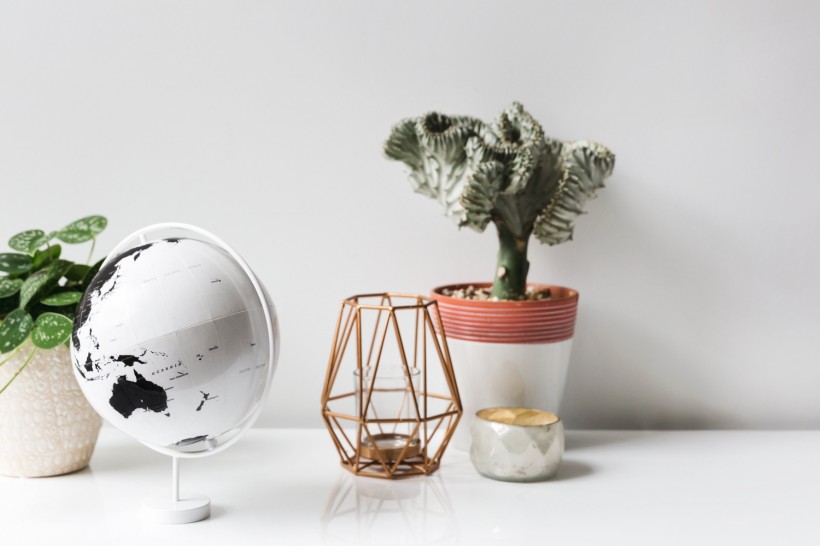
Indoor plants do not just beautify your house, it can also improve your overall health.
A houseplant is a plant cultivated indoors, typically in areas like homes and workplaces, for decorative purposes, but experiments have shown that they may also have psychological benefits. They also assist in indoor air purification. Certain animals and the soil-dwelling bacteria associated with them consume volatile organic compounds such as benzene, formaldehyde, and trichloroethylene, reducing indoor air emissions. Although such toxins are typically harmful to humans, they are consumed by the plant and its soil-dwelling microbes without causing damage.
Related Article: Gardening 101: The Basics of Growing Your Own Plants
Here are 5 starter plants perfect for beginners:
Succulent
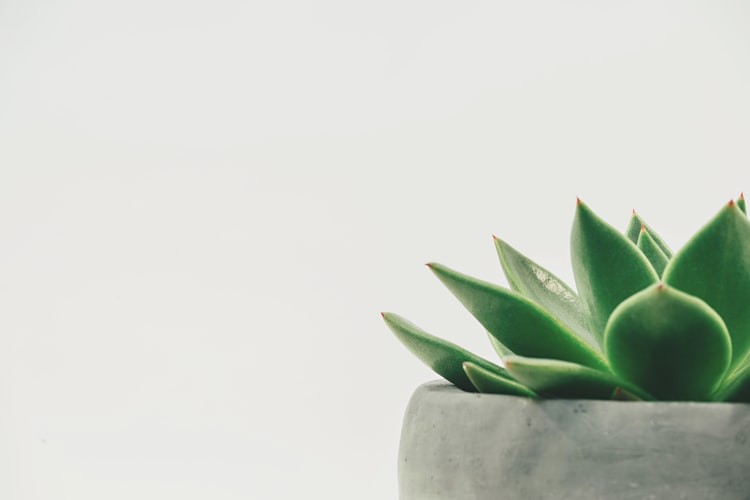
Since overwatering succulents will cause them to rot, they're a perfect plant for low-maintenance plant parents. You just need to water them once or twice a month, and you're ready to go.
Anthurium
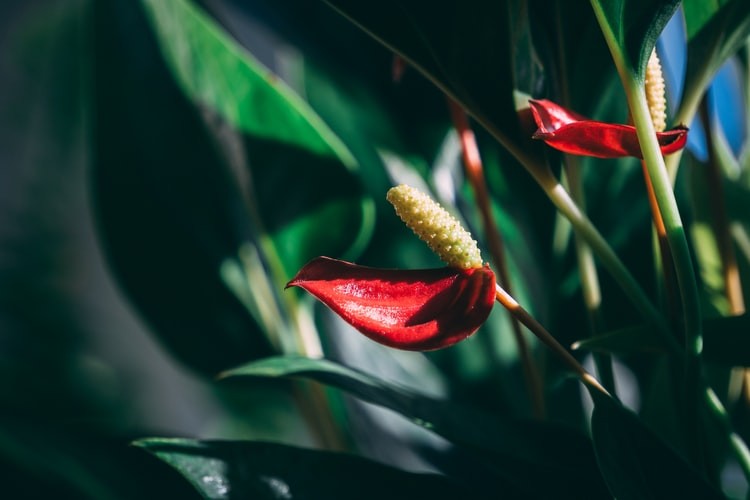
Some anthurium varieties are known for their waxy, heart-shaped flowers (like the one seen here! ), while others are known for their foliage. In any case, they're an excellent first-time vine. "Anthuriums don't need much attention," says Stearns. "Depending on the size of the plant, they'll need to be sprayed every one to two weeks, with fertilizing every now and again."
In cooler climates, the anthurium plant is cultivated as a houseplant, and in USDA zones 10 and above, it is used as a landscaping plant. Anthurium treatment is simple as long as you supply the plant with a few essential elements. Continue reading to learn more about anthurium plant treatment.
Snake Plant
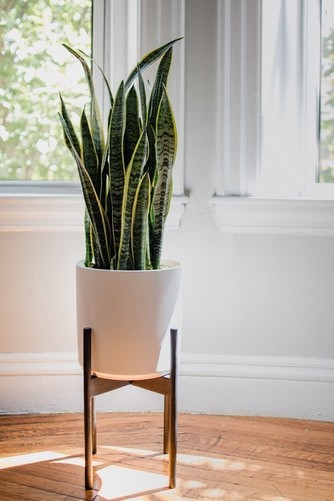
Snake plant is one of the sansevierias that is difficult to get rid of. "They can go a month without water," Nejman says. The leaves are usually rigid, sharp, and spikey in appearance.
Snake plants are common for a reason: they're highly low-maintenance and low-maintenance. In 2019, Stearns told House Lovely, "They don't need a lot of light, and they can accommodate quite a bit." "And they want to live a long time without being watered."
Aglaonema
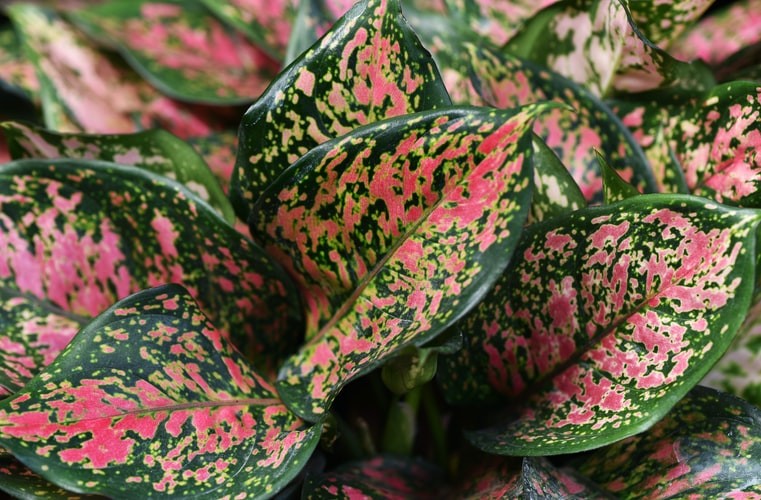
Aglaonema is a plant that can tolerate a lot of water and comes in a number of shades, including orange, pink, white, and red.
It can withstand low light. However, stronger, indirect light brings out the colors more. They like to dry out between waterings, similar to the Chinese evergreen and can tolerate the occasional missing watering.
Lucky Bamboo
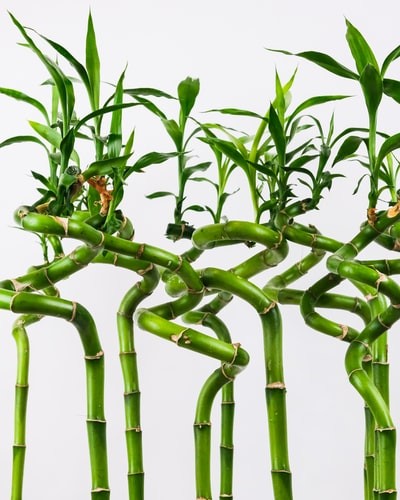
Lucky (Indoor) Bamboo, like air plants, is another choice that can grow without soil. Place the stalks in a vase packed with water and pebbles or marbles at the bottom. If your bamboo outgrows its jar, simply replace it with a new one that has a similar set-up-no repotting necessary.
For years, lucky bamboo has become a favorite in homes and Feng Shui. It's a traditional gift and the ideal small house plant because it's a sign of good fortune and success.
Also Read: Weird Nature: 5 of the Most Bizarre Bug Eating Plants on the Planet
For similar news, don't forget to follow Nature World News!
© 2024 NatureWorldNews.com All rights reserved. Do not reproduce without permission.





